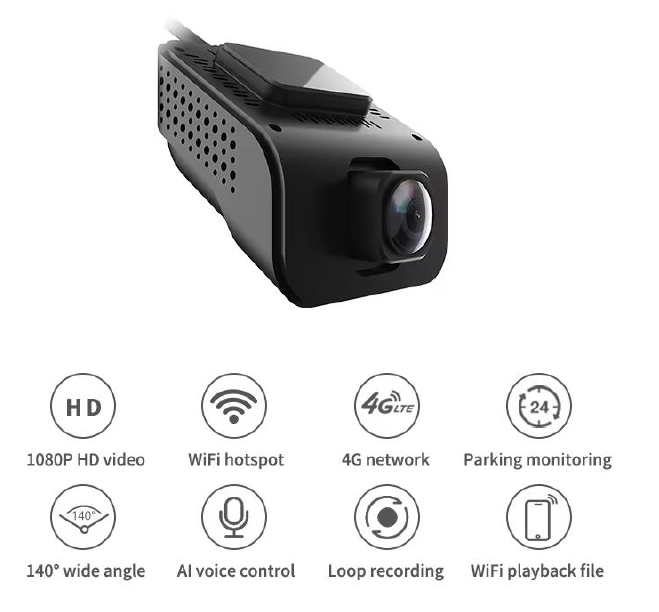Fleet Camera Systems
Definition and Overview
Fleet camera systems are comprehensive surveillance solutions installed in commercial vehicles to monitor and record driving activities. They provide real-time insights, ensuring that fleet managers can track performance, detect risks, and safeguard assets.
Types of Fleet Camera Systems
Dash Cams: These are mounted on the dashboard to capture footage of the road ahead or facing inwards to monitor driver behaviour.
Rear-View Cameras: Installed at the back of the vehicle, these cameras are designed to prevent collisions during reversing maneuvers.
360-Degree Cameras: Offering a bird's-eye view, these systems combine multiple camera feeds to eliminate blind spots and provide comprehensive coverage.

